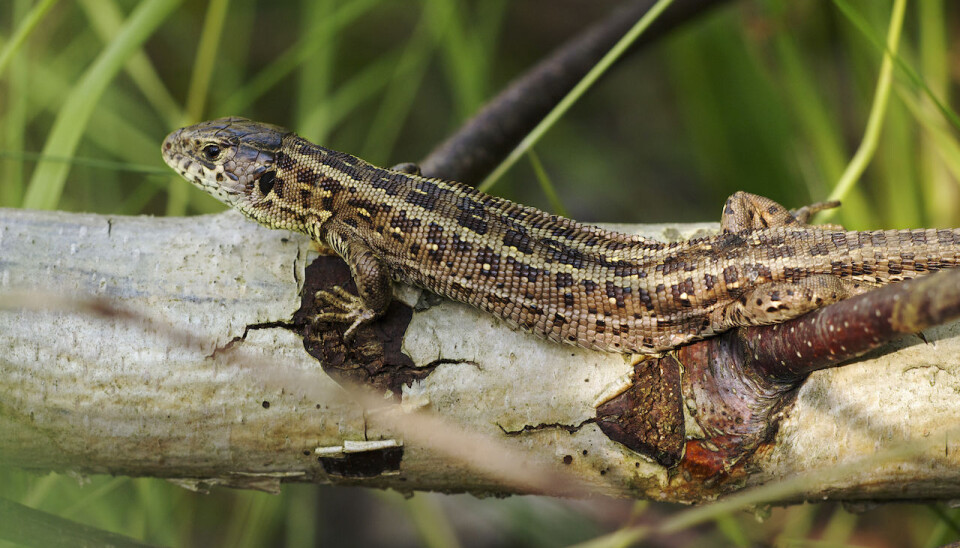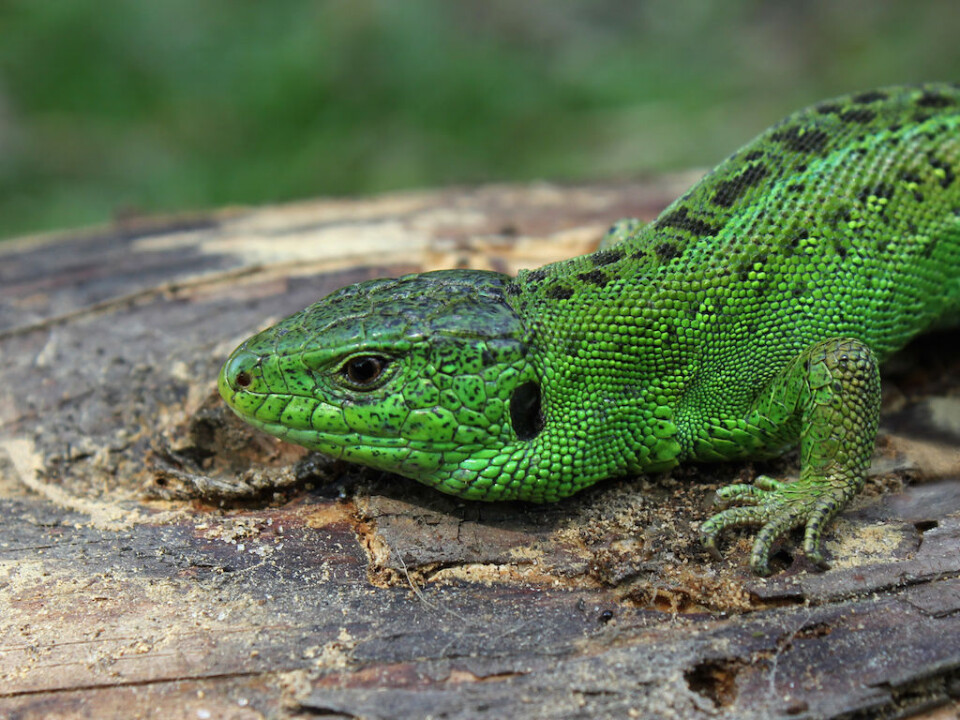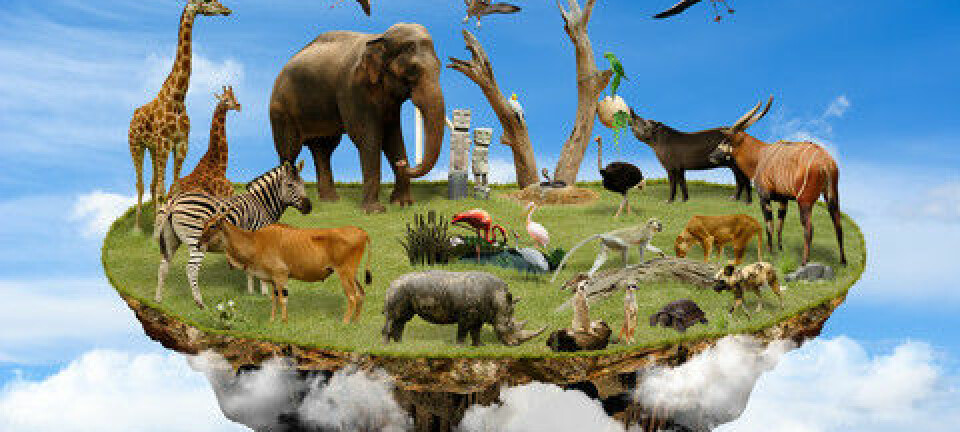
Swedish lizards are thriving under rising temperatures
A northern species of lizards are bucking global trends when it comes to climate change. New research shows that they can adapt quickly by laying their eggs earlier.
Global trends suggest that many of the world’s species of lizards are at risk of extinction in a warming world. But up in the high north it is not all doom and gloom when it comes to climate change.
So concludes a new study, which finds that rising temperatures appears to be having the complete opposite effect on a group of Swedish Sand Lizards.
It seems that some lizards actually benefit from warmer temperatures, at least in the short term, says lead-author Gabriella Ljungström, a PhD student from the Department of Biological & Environmental Sciences at the University of Gothenburg, Sweden.
“Climate warming may have some positive effects in this lizard population,” she says. “This highlights the importance of taking the effects of reproductive traits into account when projecting future outcomes.”

The new research is published in the open-access journal Evolutionary Biology.
Swedish Lizards bucking global trends
In a previous study published in the journal Science, another team of researches predicted that the extinction risk of lizards globally would increase because of climate change.
“But our findings suggest that climate change may actually have positive effects for this high latitude population in Sweden, which emphasizes that latitude is an important factor when assessing extinction risks due to climate change” says Ljungström.
Ljungström and colleagues monitored the Lizard’s egg-laying behaviour over 15 years. In this time, they saw that in relatively warm years, many of the female lizards responded quickly to these warmer temperatures and laid their eggs earlier: a trait that leads to fitter offspring and higher survival rates of juvenile lizards.
But the Ljungström stresses that they have not yet seen any evidence for a general trend to warmer temperatures at their study site. So they don’t know for sure how the Lizards will adapt to long-term climate change.
Earlier egg-laying produces fitter offspring
The date at which eggs are laid and subsequently hatch is important to biologists, because it has important ramifications for the overall fitness and survival of individuals.
“These lizards hibernate through winter and are what we call “capital breeders” in contrast to “income breeders”. This means that after emerging from hibernation they use the energy stored from the previous season for their reproduction,” says Ljungström.
“It’s likely that offspring born earlier have more time to accumulate resources before hibernation and therefore survive better and have more energy available for reproduction in the next spring,” she says.
Dr. Pam Berry, a senior research fellow with the Environmental Change Institute at The University of Oxford suggests that it is not only lizards in Sweden that are able to adapt to warmer temperatures. She suggests that lizards living in other high latitude locations may respond similarly.
“The findings fit with what would be expected [in lizards] and what has been found in the UK for many reptiles and amphibians,” writes Berry in an email to ScienceNordic.
But can they adapt long-term to a warmer world?
For now, these Swedish Sand lizards seem to be responding positively to climate change, the scientists warn that this is no guarantee for the longer-term future.
“In this study we looked primarily at the ability of this lizard population to adapt in the short term, which they appear to be able to. But we’re also interested in whether an evolutionary change in this trait could be possible,” she says.
Such an evolutionary change would allow the Lizards to adapt longer-term to climate changes.
“Our data is not detailed enough to give a definitive answer to this right now, but our findings suggest that this is at the very least, not impossible,” she says.
Ljungström says that there are many other traits yet to be studied, which are also dependant on yearly changes in weather, and on climate in the longer-term.
Only by studying all of these will they have a full picture of what the future holds for the reproductive success and survival of northern Lizards.









